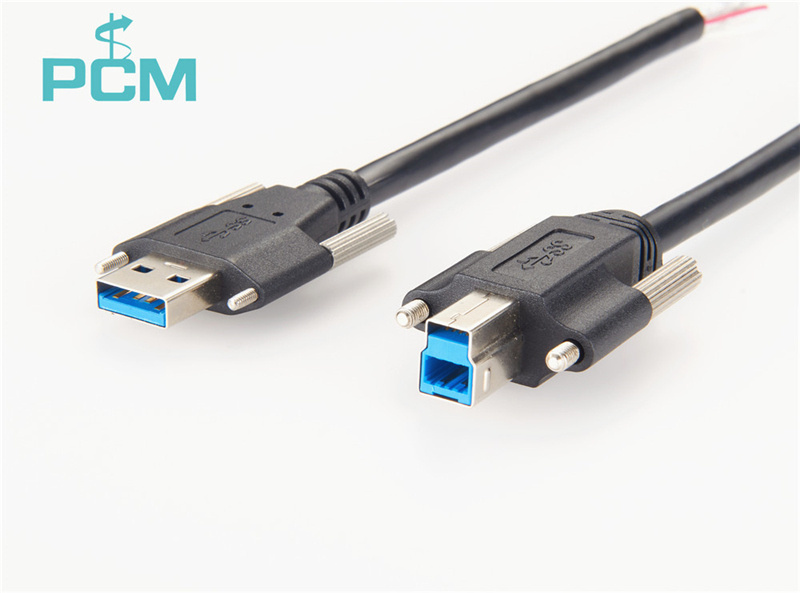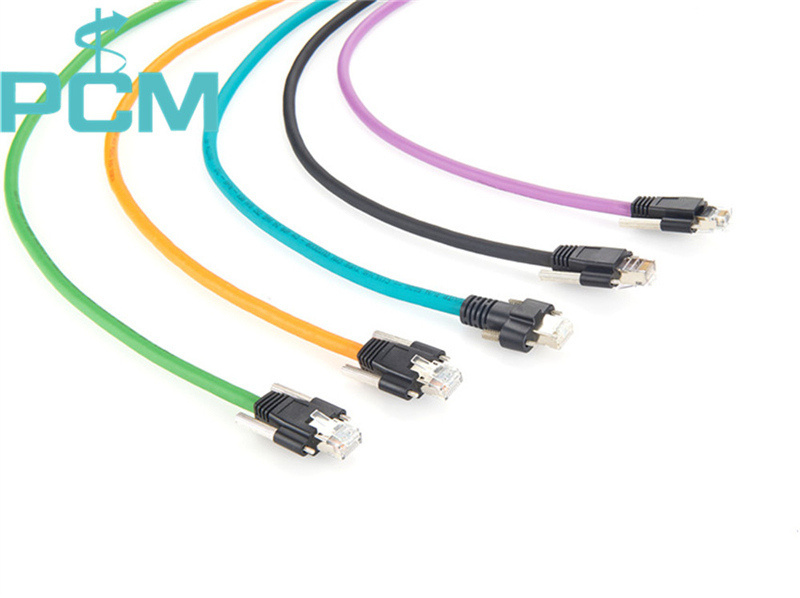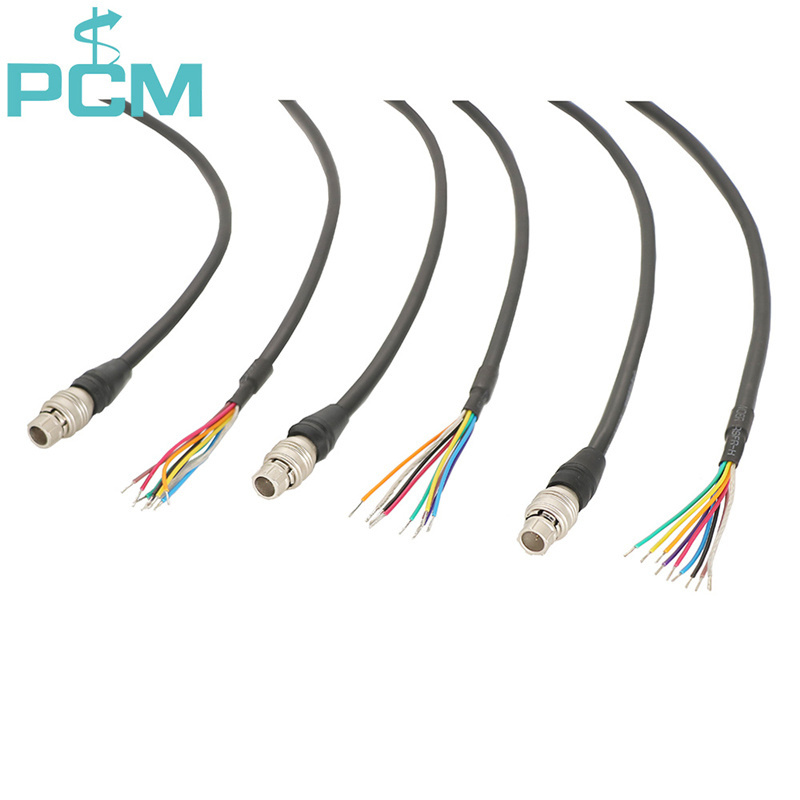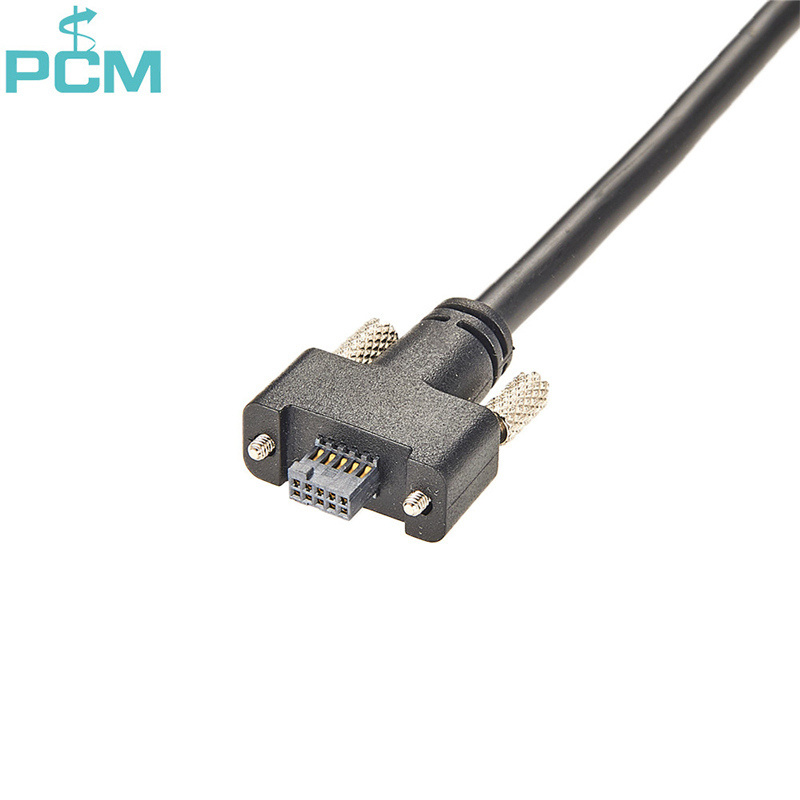 Esperanto
Esperanto
 Shqiptare
Shqiptare
 Euskara
Euskara
 Zulu
Zulu
 Latinus
Latinus
 Cymraeg
Cymraeg
 தமிழ்
தமிழ்
 Slovak
Slovak
 Slovak
Slovak
 Afrikaans
Afrikaans
News Center
How to Choose an Industrial Camera ?
Publish:
2022-08-21 09:23
Source:
www.premier-cable.net
How to Choose an Industrial Camera ?
Industrial cameras are generally installed on the machine assembly line to replace the human eye for measurement and judgment.
The digital image capture target is converted into image signals and transmitted to a dedicated image processing system.
The image system performs various operations on these signals to extract the characteristics of the target.
Further, on-site device operation is controlled based on the result of the determination.
1. Usually you first need to know the system accuracy requirements and camera resolution, you can use the formula :
X-direction system accuracy (X-direction pixel value) = field of view (X-direction) / CCD chip pixel number (X-direction)
Y direction system accuracy (Y direction pixel value) = field of view (Y direction) / CCD chip pixel number (Y direction)
2. Of course, the theoretical pixel value should be comprehensively considered by the system accuracy and sub-pixel method; then you need to know the system speed requirements and the camera imaging speed:
System single operation speed = system imaging (including transmission) speed + system detection speed
Although the system imaging (including transmission) speed can be theoretically calculated based on the camera's asynchronous trigger function, shutter speed, etc., the best method is to actually test it through software.
3. Next you want to consider both the camera and the frame grabber, as this involves matching the two:
Matching of video signals: There are two formats for black and white analog signal cameras, CCIR and RS170 (EIA), usually the capture card supports both cameras at the same time;
Resolution matching: each board only supports cameras within a certain resolution range;
Matching of special functions: If you want to use the special functions of the camera, first determine whether the board card used supports this function.
For example, if you want to take pictures with multiple cameras at the same time, the capture card must support multi-channel.
If the camera scans progressively, then The capture card must support progressive scan.
Interface matching : determine whether the interface of the camera and the board match. Such as CameraLink, GIGE, CoxPress, USB3.0, etc.
4. After meeting your necessary needs for testing, the final price comparison should be made.
Source : Premier Cable Co., Ltd. specializes in providing industrial camera related cables, website address: https://www.premier-cable.net/product/Camera-Link-Cables-10
Keywords : CameraLink, GIGE, CoxPress, USB3.0
USB3.0 Camera Link Cable
CoxPress Camera Link Cable
Hirose CameraLink Power Cable
GIGE machine vision Connecter Cable




Related News
What is a terminal block used for?
While there are many factors to consider when designing an overall system, terminal blocks are an optimal solution for complex electrical system connections. With a variety of color options and configurations, Premier Cable’ terminal blocks offer a range of options to meet your design challenges.
CAN-bus has been widely used in various automation control systems. For example, CAN-bus has incomparable advantages in various fields such as automotive electronics, automatic control, smart buildings, power systems, and security monitoring.
Introduction to M12 connector pin coding
M12 encoding types are A encoding, B encoding, D encoding and X encoding. A-code, B-code and X-code are some of the earliest developed and longest-available M12 connectors. The latest M12 coding types currently under development are K coding for AC and L coding for PROFINET DC.
Cables – What are the correct cable sizes for an NMEA 2000 network?
The three different sizes of NMEA 2000 certified DeviceNet standard cabling are "micro," "mid," and "mini."
What are the advantages of NMEA 2000?
The Premier Cable Starter Kits provide everything you need to get to create a basic NMEA 2000 network from scratch.
The role of DeviceNet terminal resistor
DeviceNet_network is a fieldbus network protocol based on Controller Area Network (CAN). In the DeviceNet network, the terminal resistor plays the role of compensation and protection for signal transmission. The function of the terminal resistor is to eliminate signal reflection and interference and ensure the signal transmission quality.
